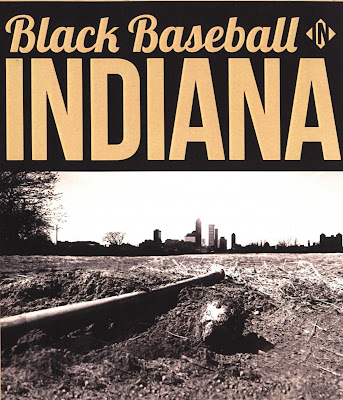 Ball State University Black Baseball in Indiana Documentary Premiere in Downtown Muncie
Ball State University Black Baseball in Indiana Documentary Premiere in Downtown MuncieThe Ball State University Virginia B. Ball Center for Creative Inquiry is presenting a documentary about Negro League Baseball tomorrow, April 27, at the Cornerstone Center for the Arts in downtown Muncie. The doors open at 6:30 P.M., and the film showing begins at 7:00. The premiere is open to the public, and admission and concessions are free.
The film, Black Baseball in Indiana, was produced by fourteen Ball State students participating in a seminar exploring the league’s rich history in the state of Indiana. The students wrote a book of essays and produced this film featuring Indiana’s African American teams, players, and ballparks.
The group travelled thousands of miles interviewing leading Negro League historians, surviving players from the Indianapolis Clowns, and two of the team’s batboys. These interviews form the core of the film, supplemented with hundreds of historic photographs and vintage footage from archives around the nation.
Students from the class used road maps from the era from the GIS Research and Map Collection (GRMC) in their research of the league. The GRMC also created a map of the Negro League teams. The map is available for use from the Digital Media Repository at http://cardinalscholar.bsu.edu/1413/ or may be checked out from the GRMC.
For more information about the documentary, please contact the Virginia Ball Center at 765-285-0117.









